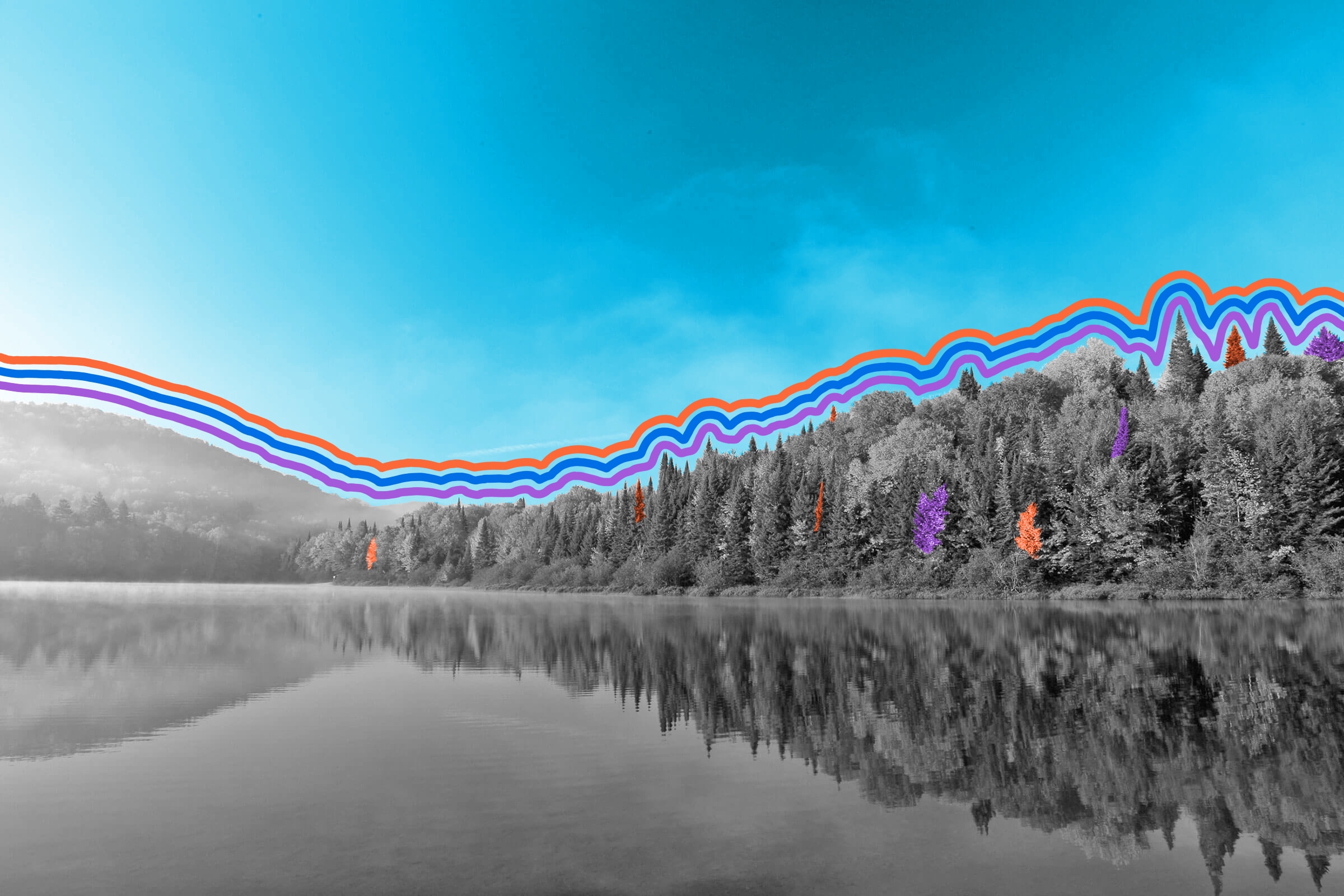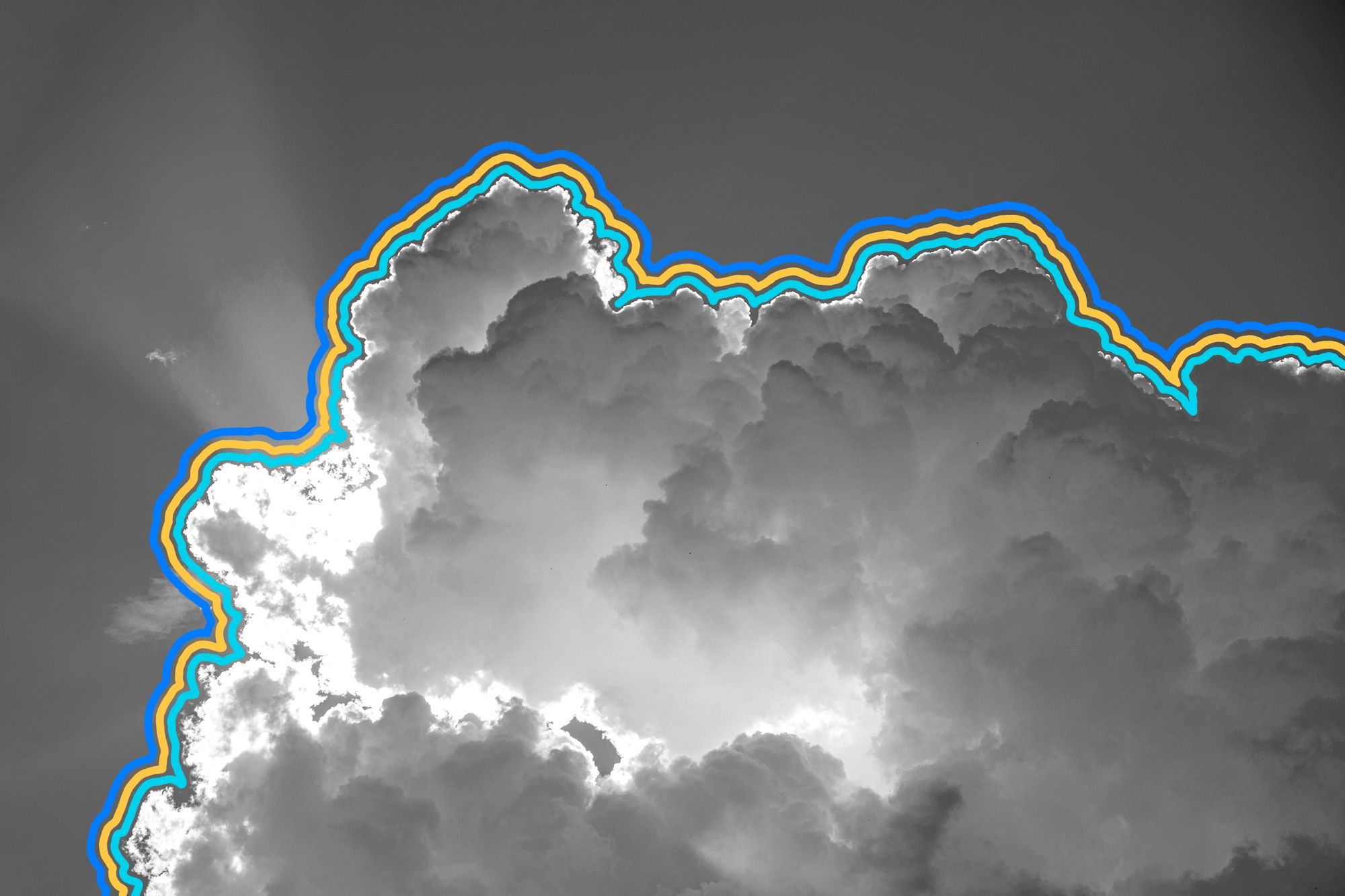
The sky looks bluer in the fall.
Although the sky is blue throughout the year, it’s often a richer blue in the fall and winter, especially in latitudes farther from the equator. Why? Well, the answer has to do with both electromagnetism and the biology of the human eye. As a refresher: All visible colors are tied to some wavelength along the electromagnetic spectrum. When sunlight enters Earth’s atmosphere, gas and dust particles reflect the shorter wavelengths of visible light (such as blue) more than longer wavelengths (such as red). That — and the sensitivity of the human eye to the color blue — is why the sky appears as a cool sapphire.
However, as the seasons progress, one part of this equation changes: the sun’s position. As the sun gets lower and lower in the sky during its annual journey back toward the equator (and eventually the Tropic of Capricorn), the angle of the sun’s light hitting the atmosphere causes even more blue light to scatter, while red and green light decrease. That causes the sky to turn an even richer blue. These blue skies are especially easy to see in much of North America as cooler temperatures mean less moisture (and therefore fewer clouds), giving you an uninterrupted view of that deep azure atmosphere.
The multihued splendor of fall foliage is one of the most indelible symbols of the season. Although this process is often described as leaves “changing color,” it might be better to say they’re showing off color that’s always been there. During the spring and summer, a tree’s leaves are green due to the busy work of photosynthesis, which produces the pigment chlorophyll. When trees prepare for the dark and cold months ahead, they stop producing chlorophyll, and as this green color recedes, pigments that have always been present in the leaves, such as carotenoids (orange and brown) and anthocyanins (red and purple), are finally able to shine through.

